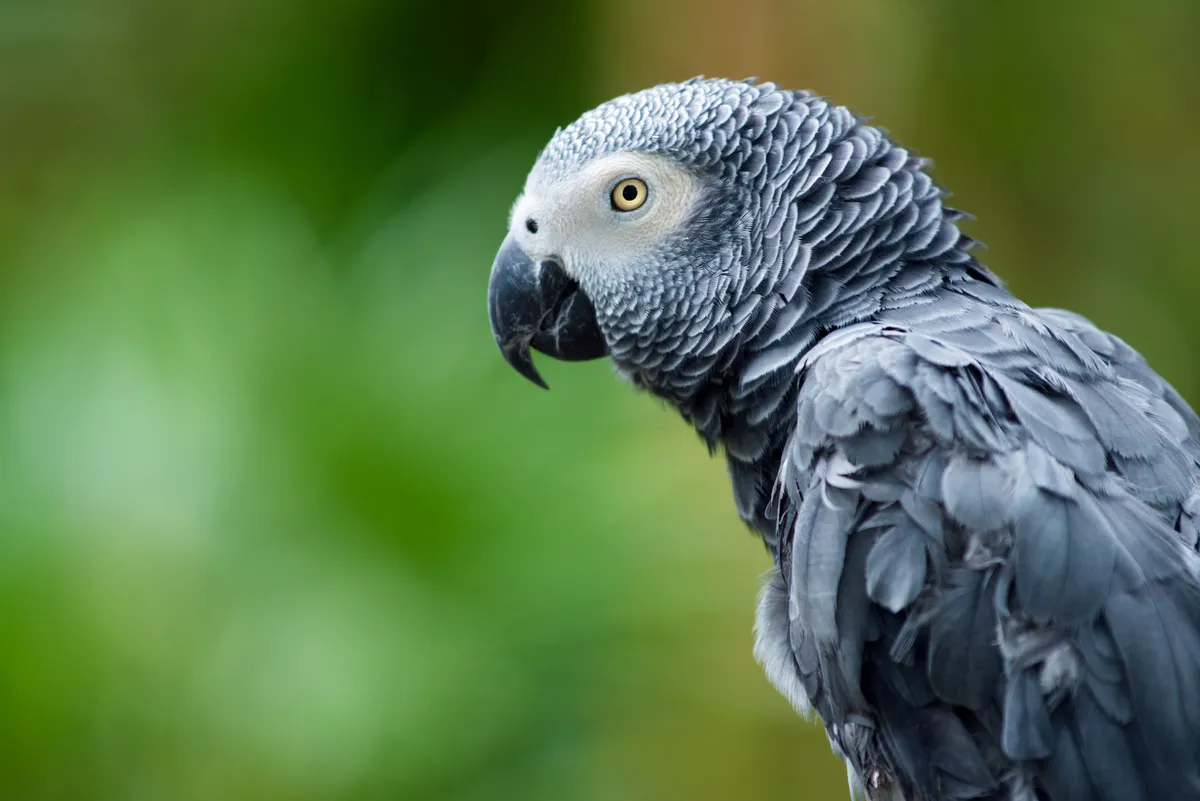A recently published study on a new method of measuring avian extinction rates has highlighted that conservation projects are working, but also how threats of extinction are accumulating more quickly than previously thought.
Ahead of the next UN Convention on Biodiversity in October this year, the study calls for renewed targets and better legislation to prevent species with healthy populations from becoming threatened in the first place “to help dampen an ever-building wave of conservation need.”
The more thorough measure takes into account changes in extinction risk category on the IUCN Red List, rather than just measuring extinctions over time.
Using a complex mathematical model, the authors of the paper took into account the numbers of species moving up the categories of extinction risk on the IUCN Red List (from Least Concern to Near Threatened, to Vulnerable, Endangered etc).
In other words, they measured the accumulation of ‘extinction debt’ as well as actual extinctions. Then, they worked out the impact of conservation on this ‘effective extinction rate’ by excluding the suite of species that have been moved to lower categories of extinction risk thanks to successful conservation action.
The study revealed that global conservation efforts have reduced the effective extinction rate of birds by 40%; and thanks to conservation over the last three decades, Critically Endangered species are now at least twice as likely to improve in status and move to a lower threat category as they are to deteriorate and become extinct.
They also reported that the rate of success is actually likely to be much higher as the study only included conservation efforts that resulted in species moving to a lower risk category on the Red List.
It did not reflect conservation efforts that allowed species to remain in the same category, rather than sliding even further towards extinction.

However, the study flags that recent global biodiversity loss is estimated to be at least one hundred times pre-human levels, and that this may be optimistic.
During the past 500 years, about 187 of 11, 064 avian species are documented to have gone extinct.
During the next 500 years, their model suggests that 471 species could go extinct, and about 109 of these are projected to be species currently classified as ‘least concern’, the lowest category of risk on the list.
“The 40% reduction in extinction rate has mainly been achieved by preventing Critically Endangered species from going extinct, rather than preventing species at low risk from moving to higher risk categories,” reports Birdlife International.
“In practice, it would be more effective to prevent species with healthy populations from becoming threatened in the first place. That way, there would be fewer species in immediate need of urgent – and often costly and difficult – conservation efforts.”
Dr Stuart Butchart, co-author of the report and chief scientist of Birdlife, says, “World governments will meet in 2020 to develop a new framework for tackling biodiversity loss through the Convention on Biological Diversity.”
“Our results show it is critical that this includes commitments to prevent extinctions, but also to keep common birds common. Now we need commitments from governments to give nature conservation the priority it deserves, and to recognise that our own future depends upon this.”
Read the full story in Biology Letters.
Main image: The Montserrat oriole was 'downlisted' from Critically Endangered to Vulnerable in 2016. © Kevin Wells/Getty
